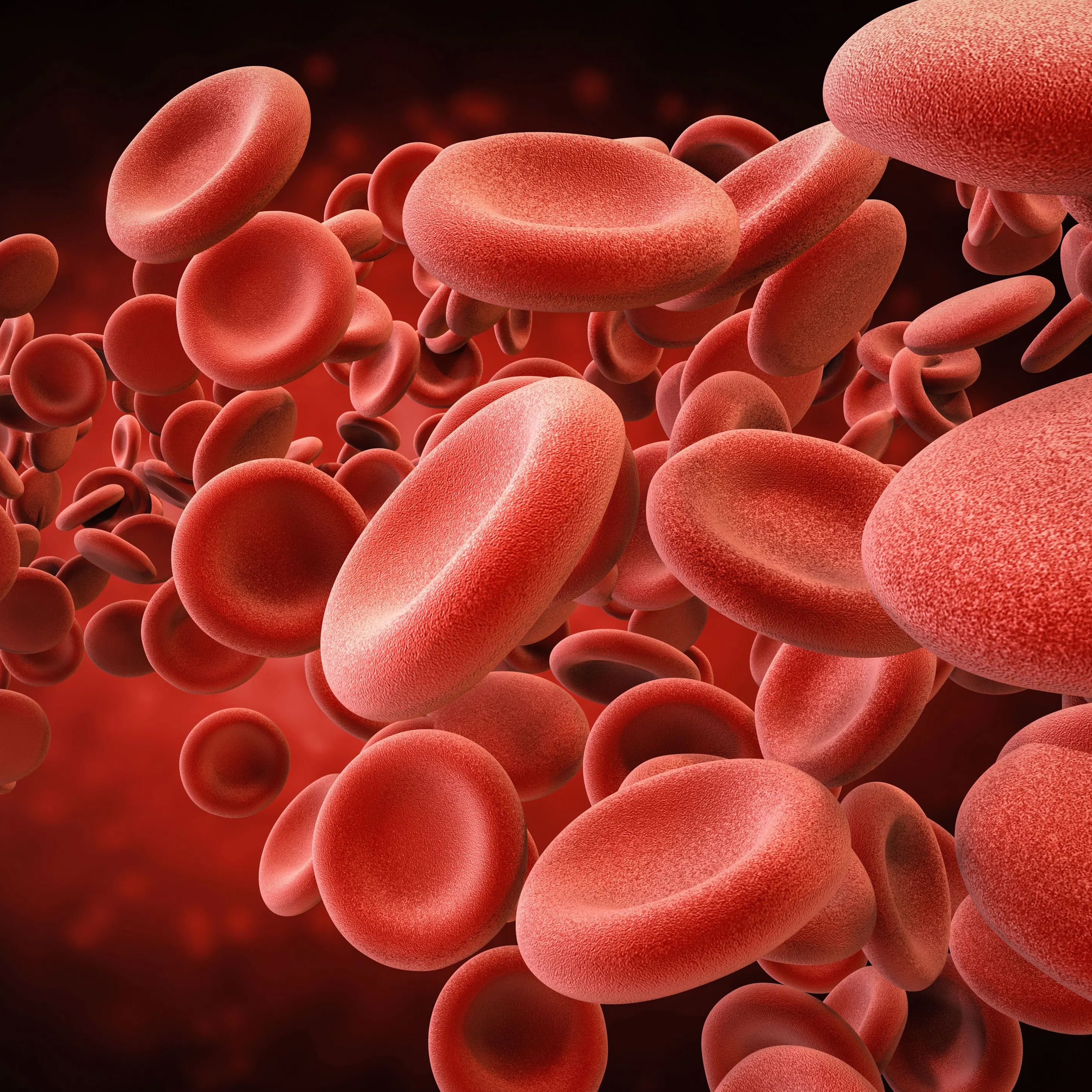Article
Flu Update: Epidemic Wanes
Author(s):
The 2014-2015 US seasonal flu tallies as of Jan. 10, 2015 show the epidemic has started to wane. According to the US Centers for Disease Control and Prevention (CDC) the current estimated rate of doctor visits due to flu-like illness is 4.4%, down from a peak of 6.1%, but still higher than the national annual baseline of 2.0%.

The 2014-2015 seasonal flu tallies as of Jan. 10, 2015 show the epidemic has started to wane.
According to the US Centers for Disease Control and Prevention (CDC) 's Flu View Weekly the current estimated rate of doctor visits due to flu-like illness is 4.4%, down from a peak of 6.1%, but still higher than the national annual baseline of 2.0%.
New cases--and deaths-- continue to be reported and the epidemic should continue for weeks, but the worst may be over.
All the states and US territories are now reporting flu, but there are regional disparities. For instance, there is very little flu in New York City, a bit more in Upstate NY, but high activity in New Jersey.Vaccination rates have been about the same in both states, according to CDC figures for last year's flu season at about 48%.
Figures for 2014-2015 are not available yet. But since this year's vaccine is only 23% effective, those rates likely would not matter even if they turn out to be different.
There have been 8,199 hospitalizations and 45 pediatric deaths so far this year, the CDC said.
The agency is advising patients who have the flu to take antivirals. The 3 approved neuraminidase inhibitor drugs are all effective against the predominate strains of flu seen this season. The most common flu type is A H3N3. As part of its surveillance, the CDC tests predominate strains against those drugs to make sure they still work, and so far they do.
Those drugs are oseltamavir (Tamiflu), zanamivir (Relenza) and peramavir (Rapivab). Tamilflu, an oral medication, is by far the most commonly prescribed, but Relenza, which has to be taken by inhaler, is also effective. Rapivab is delivered by IV and is meant only for the seriously ill.





